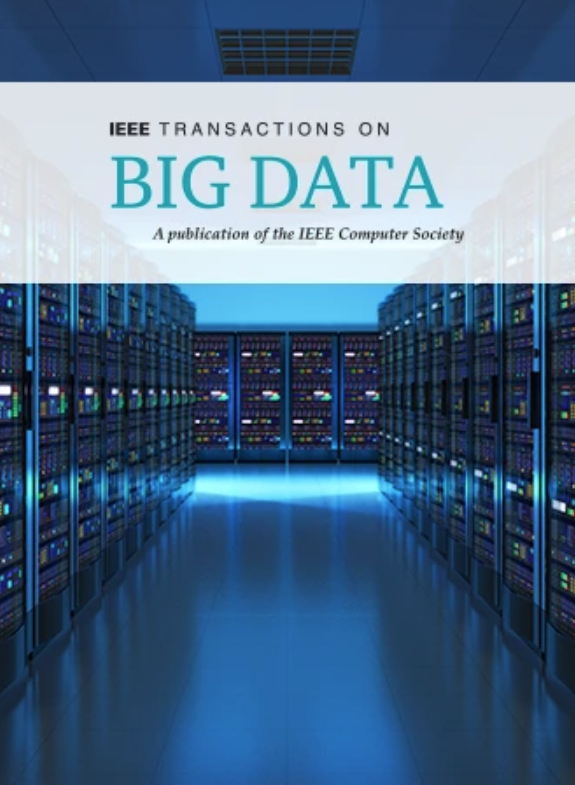基于人类视觉系统层次感知的多尺度特征引导对抗样例质量评估
IF 5.7
3区 计算机科学
Q1 COMPUTER SCIENCE, INFORMATION SYSTEMS
引用次数: 0
摘要
深度神经网络(dnn)由于容易被小而难以察觉的对抗性示例误导而显示出显着的鲁棒性缺陷,因此提高dnn对此类有害扰动的鲁棒性至关重要。目前的$L_{p}$规范在测量相似性时忽略了人类视觉感知的差异,并且大多数现有的图像质量评估(IQA)方法和对抗性示例数据集缺乏用于评估的主观分数。本文构建了一个新的对抗样例数据库AED,该数据库包含35张原始图像,1050个对抗样例,以及相应的对抗样例主观得分。然后,充分考虑人类视觉系统(HVS)的层次感知和多尺度特征提取网络在特征提取方面的突出能力,提出了一种新的全参考IQA模型,用于对抗性样本的质量评价。具体来说,使用连续卷积层的特征编码网络来预提取特征并扩展图像的接受域。为了模拟HVS层次感知,通过设计多尺度特征提取网络,进一步获得不同尺度的特征。计算不同尺度下特征映射的结构相似度得分,共同得出对抗样本的最终IQA得分。实验结果表明,与其他经典和最先进的模型相比,我们提出的模型更接近于对对抗样本的小的难以察觉的扭曲评估的HVS感知。本文章由计算机程序翻译,如有差异,请以英文原文为准。
Multiscale Feature-Guided Adversarial Examples Quality Assessment via Hierarchical Perception of Human Visual System
Deep neural networks (DNNs) reveal significant robustness deficiencies due to their susceptibility to being misled by small and imperceptible adversarial examples, thus it is crucial to improve the robustness of DNNs against such harmful perturbations. The current $L_{p}$
求助全文
通过发布文献求助,成功后即可免费获取论文全文。
去求助
来源期刊

IEEE Transactions on Big Data
Multiple-
CiteScore
11.80
自引率
2.80%
发文量
114
期刊介绍:
The IEEE Transactions on Big Data publishes peer-reviewed articles focusing on big data. These articles present innovative research ideas and application results across disciplines, including novel theories, algorithms, and applications. Research areas cover a wide range, such as big data analytics, visualization, curation, management, semantics, infrastructure, standards, performance analysis, intelligence extraction, scientific discovery, security, privacy, and legal issues specific to big data. The journal also prioritizes applications of big data in fields generating massive datasets.
 求助内容:
求助内容: 应助结果提醒方式:
应助结果提醒方式:


